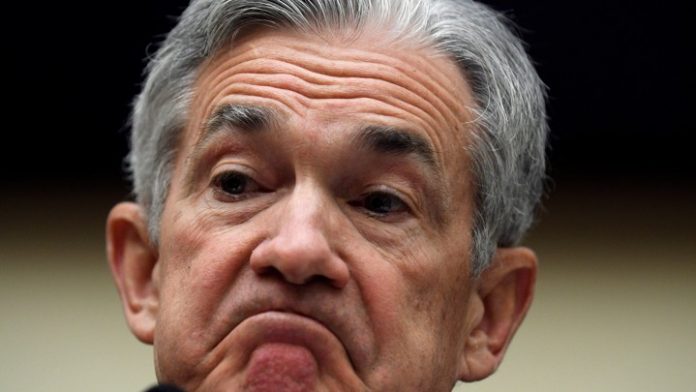Another month of economic data, another month of disappointments. The May Personal Consumption Expenditures (PCE) report is in and it’s telling the same story as April’s:
Almost everything got worse last month.
Income shrunk (-2.0% month over month), stimulus dried up, and spending remained unchanged (+0.00% MoM), falling well short of analyst estimates (+0.40% expected).
Year over year (YoY), income growth rose slowly by comparison while spending growth receded.
Citi analysts blamed surging prices on key good and services for the lack of spending growth in May. Airfares, used cars, and car rental costs all jumped higher. And though these are likely to be temporary price increases, Citi believes it could be several months before we see prices come back down.
Other types of costs, like food and energy, could remain elevated for quite some time.
Digging deeper into the May PCE revealed that personal disposable income weakened dramatically in response to a reduction in stimulus. Americans have less saved than they did in the months prior, and what’s more, they’ve got less cash to spend.
It remains to be seen whether this will bring prices on consumer goods lower.
The May PCE did contain some good news, however, in that only 20.4% of all income in the US is now being supplied by the government – something that typically shouldn’t be celebrated.
But in April, that figure sat at 22.7%. In March, it was at an all-time high of 33.5%.
Finally, the most important part of the May PCE – the core PCE deflator – rose to 3.4% YoY, matching analyst expectations. The core PCE deflator is the Fed’s favorite indicator of inflation, as it removes food and energy costs from the equation.
And in May, the core PCE deflator hit a 20-year high. The last time it was this elevated was back in 1991. More importantly, consumer prices are now rising at their fastest pace since 2008, a year that didn’t necessarily end on a high note for bulls.
Yet analysts continue to agree with Fed Chairman Jerome Powell, who insists that inflation is merely transitory.
“This provided support to the Fed’s argument that inflation is transitory and will help allay fears that we are witnessing runaway inflation,” explained Anu Gaggar, senior global Investment analyst at Commonwealth Financial Network.
“This should continue to provide support to risk assets such as equities.”
FHN Financial chief economist Chris Low, echoing the opinion of many other skeptical investors, noted that the Fed may not have a firm grasp on what’s really going on with the US economy.
“This week, we heard from more than half a dozen Fed speakers. Most are sanguine about inflation, but some are getting nervous,” Low said.
“At the moment, there’s no way to know for certain which group is closer to the truth.”
For now, the transitory narrative prevails. Some members of the Fed believe that’s not the case, of course. But these are folks that don’t get to vote on monetary policy.
All the Fed members with voting privileges say it’s transitory, following along with Powell. And it should remain that way for the foreseeable future.
But that doesn’t imply the market will play along. Once attitudes change, stocks should fall.
Even if the Fed reiterates how “healthy” the US economy is month after month as prices remain stuck higher while demand wanes.








